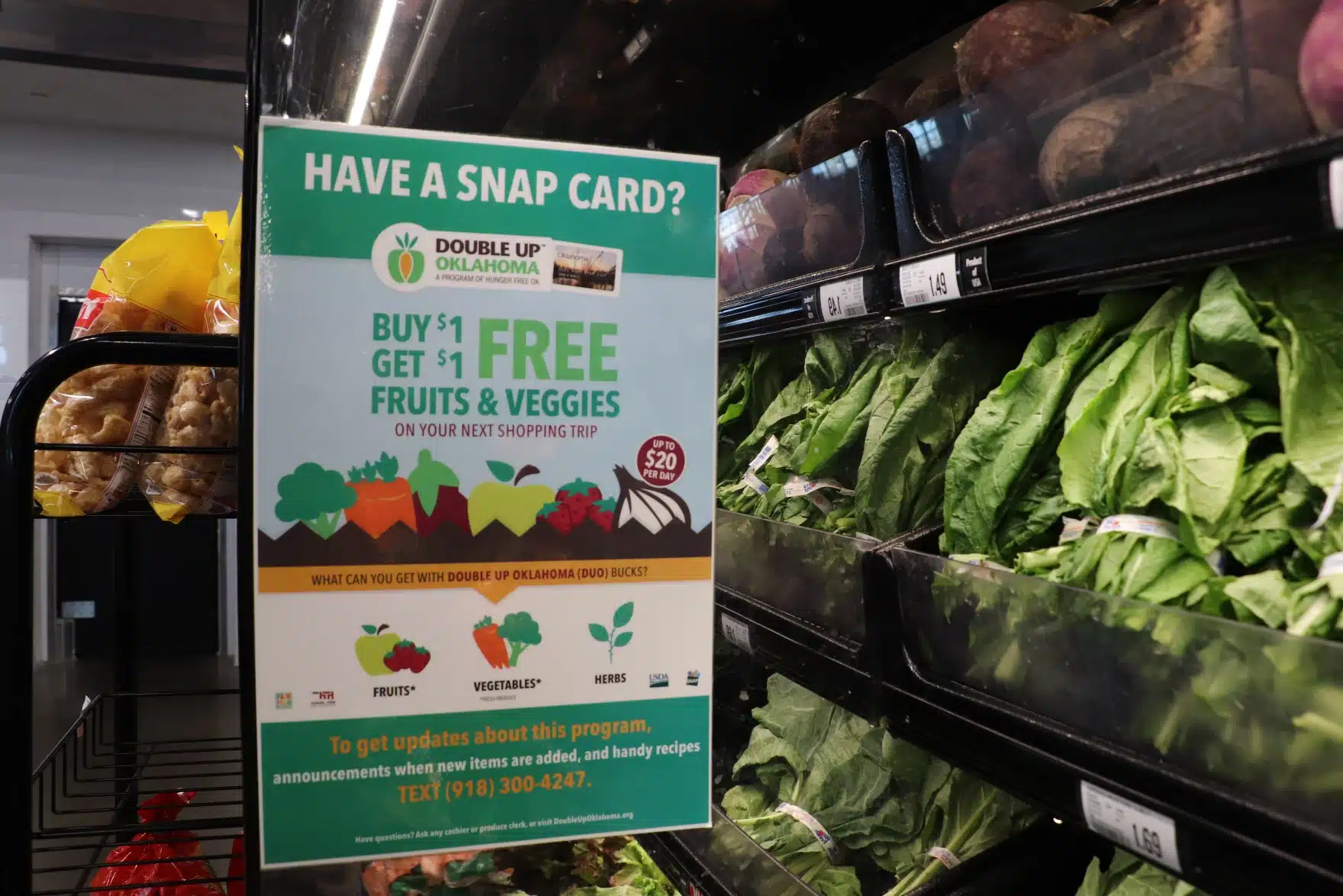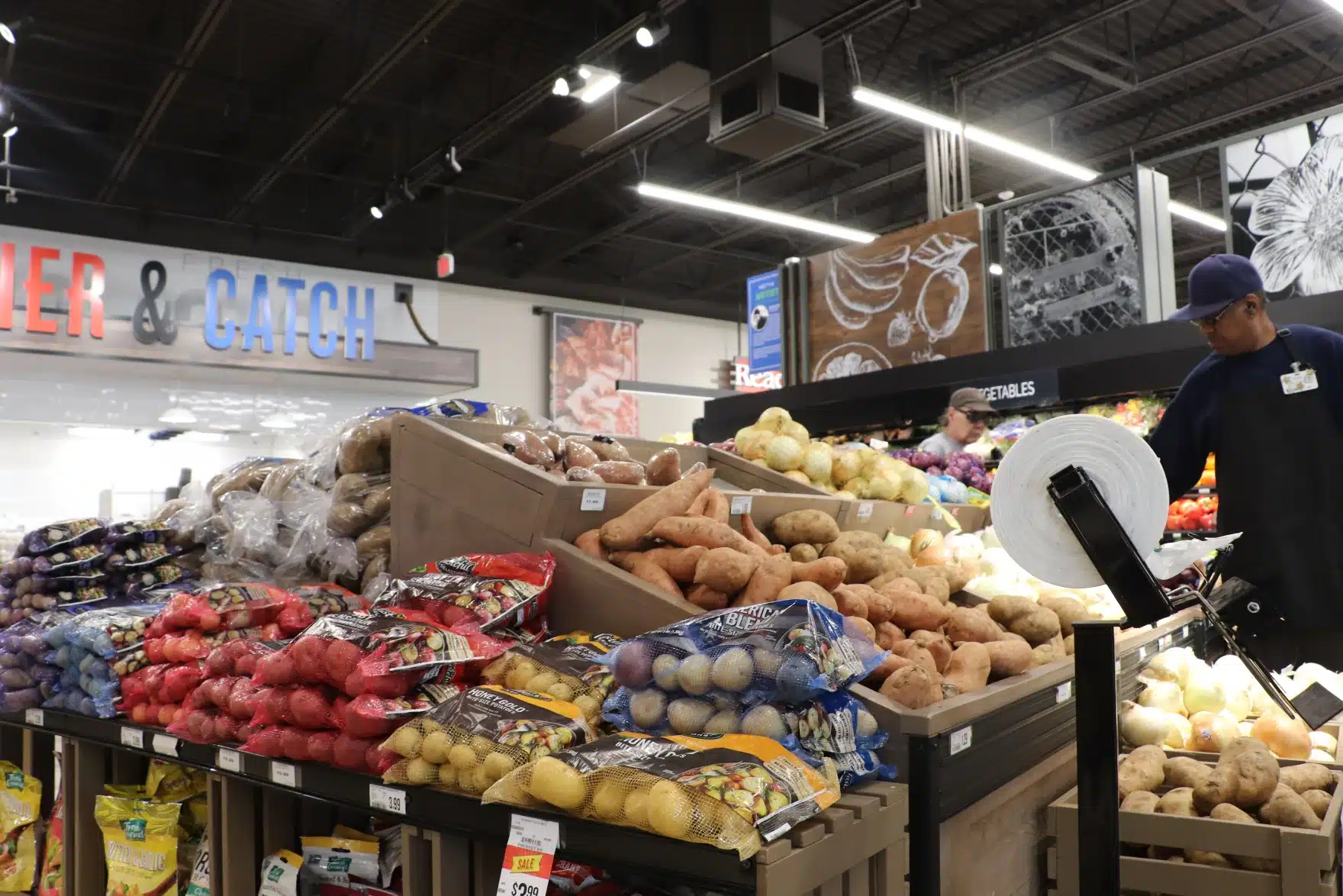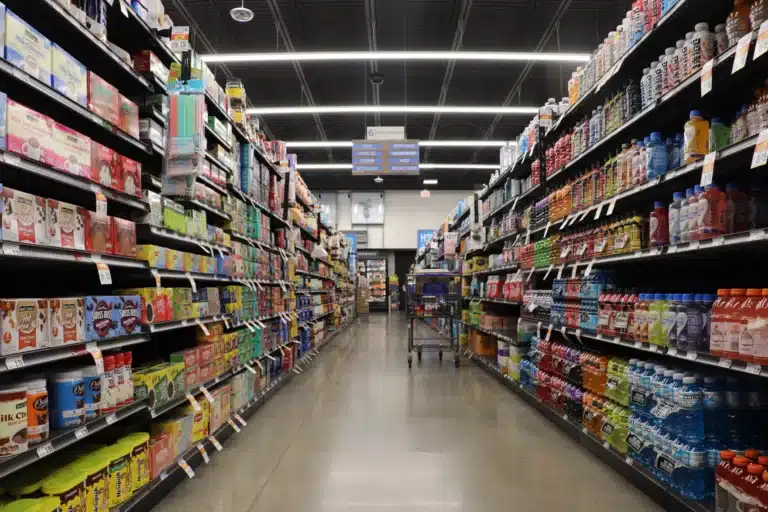As they navigate supermarket aisles, recipients of the federal Supplemental Nutrition Assistance Program don’t have to wonder which food in their carts will be covered.
Other than alcohol, medicine, vitamins, tobacco and hot pre-prepared food, those who use SNAP can buy nearly every edible item in the store.
“A SNAP shopper can shop pretty much anywhere in the grocery store,” said Richard Comeau, chief program officer of Hunger Free Oklahoma, an advocacy group.
That wide latitude could change.
Attempts to eliminate junk food from SNAP coverage could gain traction under Trump’s presidency. Health and Human Services Director Robert F. Kennedy Jr. is calling on the administration to allow states to eliminate certain foods from the assistance program as part of his Make America Healthy Again agenda.
The U.S. Department of Agriculture, which oversees SNAP, would have to grant states special waivers to eliminate certain foods from the program, something it has refused to do in the past.
Yet bills to exempt junk food from SNAP have been introduced in 18 states this year, according to the Food Research & Action Center, and two federal bills are before Congress.
Rep. Josh Brecheen, R-Oklahoma, reintroduced one of those bills, the Healthy SNAP Act, this year. It would tack on soft drinks, candy, ice cream and prepared desserts to the list of foods excluded from SNAP benefits.
“If someone wants to buy junk food on their own dime, that’s up to them,” Brecheen said in a press release. “But what we’re saying is, don’t ask the taxpayer to pay for it and then also expect the taxpayer to pick up the tab for the resulting health consequences.”
Yet experts and food advocates say there is little proof that SNAP recipients are less healthy than the rest of the population. And they caution it will be difficult to decide which foods are junk foods and which are not.
“There’s really no common definition of healthy. And so what do you mean when you talk about healthy?” Comeau said. “If we ban any sugar sweetened grain product, we might be eliminating things like Honey Nut Cheerios, which we know have a good impact on people’s heart health.”

Efforts at the state level
SNAP is the nation’s largest nutrition assistance program.
In fiscal year 2023, an average of 42.1 million people participated in SNAP each month, making up to two-thirds of nutrition assistance spending from the USDA totaling $112.8 billion, according to the department.
The USDA has resisted previous efforts to exempt certain foods from the program. In 2007, a department report stated there were no clear standards for defining food as good or bad. The report said restrictions would increase program complexity and costs. It also found that such moves could be ineffective, as there is no evidence that SNAP participation contributes to poor diet quality or obesity.
Individual states that have sought to administer SNAP differently and exclude junk foods, have had to seek a waiver. So far, the USDA has denied such waiver requests. No state has received approval from the department to ban specific foods from the program, according to the National Agricultural Law Center.
Yet lawmakers in several states including Iowa, Kansas, Oklahoma and Missouri introduced bills this year to restrict SNAP recipients from buying certain foods.
Missouri state Rep. Jaimie Gragg started working on the bill after some constituents approached him about placing restrictions on SNAP purchases. As someone with personal experience with SNAP, Gragg said he wants to ensure people get access to nutritious foods.
“We have people all over that need assistance. They do, and I get that,” he said. “I’ll be honest, at one time early in my life, I had assistance with the SNAP program with me and my children and it was a great program.”
Gragg’s bill instructs the Missouri Department of Social Services to request a waiver to exclude candy and soft drinks as defined in the bill from SNAP benefits. If a waiver is not approved, the director must request one annually until it is granted.
He emphasizes that the program is meant to supplement, not fully cover, how people pay for food.
“So if it’s a supplement that means you have other dollars that you are putting with,” he said. “You can use your dollars for the junk foods and for the sugary snacks and the sugary treats and the sodas, but the dollars that we’re putting up there is to make sure that you have the nutrition portion.”
Buying power
Many food advocates and experts worry restricting what food SNAP covers will create additional hurdles for those who use the program.
“It’s incredibly difficult to understand what people who are living in need have to go through to just have access to food and meet that most basic need,” said Gina Plata-Nino, the Food Research and Action Center’s SNAP deputy director.
She said SNAP serves individuals who are most in need, with children and seniors making up the largest portion. Adults over 60 and children 17 and younger made up almost 58% of the program in fiscal year 2022, according to the USDA.
With tens of thousands of food and beverage products on the market and more introduced every year, Plata-Nino said trying to figure out which foods recipients can and can’t buy is a mammoth task.
“It’s so complex, that it’s just really difficult to think about; how are you really going to operationalize this? Who’s going to make the list? Who’s going to make the determination of what constitutes as healthy or unhealthy?” she asked.
States pay about 50% of the administrative costs for the program, and Plata-Nino said the goal is to make SNAP easier to administer to keep costs down. Restrictions would further complicate the program, she said, resulting in more money spent.
At the same time, there’s little research to back up the effectiveness of restricting food choice.

Parke Wilde, a food economist and professor at the Friedman School at Tufts University, said federal surveys have shown there are not wide differences in what SNAP recipients eat compared with other Americans.
“They tend to find that SNAP participants, by and large, buy and consume food much like people at other income levels do,” Wilde said. “But when the difference is registered, it tends to be a small, a modest difference, rather than an overwhelming difference.”
Other experts worry restrictions could increase any stigma associated with SNAP or make the program more burdensome for participants.
“Currently, SNAP is great because it preserves, respects the dignity and autonomy of vulnerable Americans. And this dignity and autonomy would be taken away by restrictions,” said Craig Gunderson, an economic professor and chair of the Baylor Collaborative on Hunger and Poverty at Baylor University.
He said incentive programs that encourage people to eat more nutritious foods are effective. Gunderson suspects restrictions would increase food insecurity and demean vulnerable households.
“I think it’s fundamentally unfair to put burdens onto poor people in the United States that we wouldn’t put on anybody else,” he said.
This story was produced in partnership with Harvest Public Media, a collaboration of public media newsrooms in the Midwest. It reports on food systems, agriculture and rural issues.

